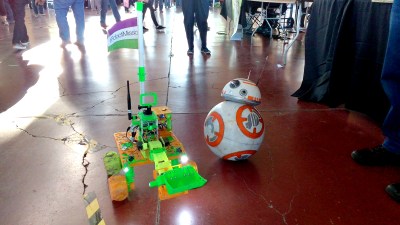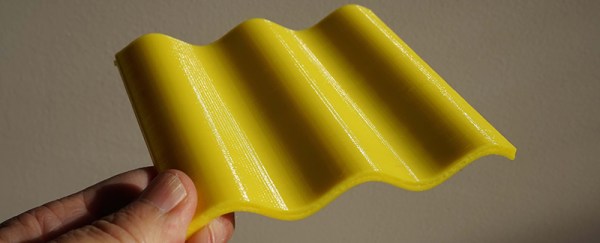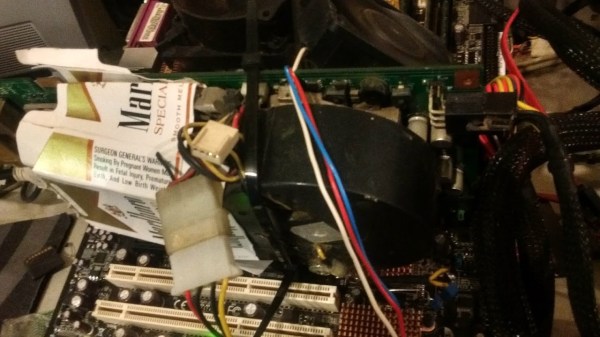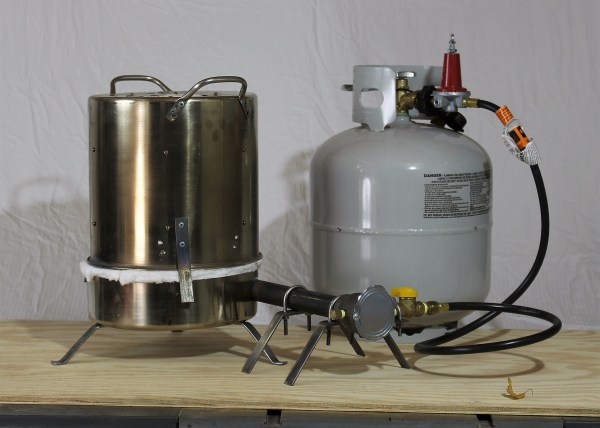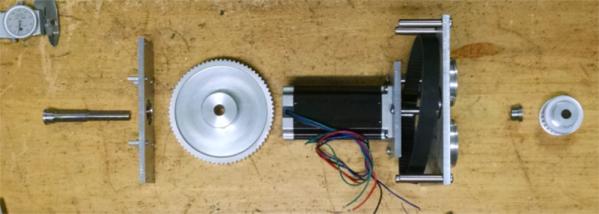[Eric] at MkMe Lab has a dream: to build a cheap, portable system that provides the electronic infrastructure needed to educate kids anywhere in the world. He’s been working on the system for quite a while, and has recently managed to shrink the suitcase-sized system down to a cheaper, smaller form-factor.
The last time we discussed [Eric]’s EduCase project was as part of his Hackaday Prize 2016 entry. There was a lot of skepticism from our readers on the goals of the project, but whatever you think of [Eric]’s motivation, the fact remains that the build is pretty cool. The previous version of the EduCase relied on a Ku-band downlink to receive content from Outernet, and as such needed to stuff a large antenna into the box. That dictated a case in the carry-on luggage size range. The current EduCase is a much slimmed-down affair that relies on an L-band link from the Inmarsat satellites, with a much smaller patch antenna. A low-noise amp and SDR receiver complete the downlink, and a Raspberry Pi provides the UI. [Eric]’s build is just a prototype at this point, but we’re looking forward to seeing everything stuffed into that small Pelican case.
Yes, Outernet is curated content, and so it’s not at all the same experience as the web. But for the right use case, this little package might just do the job. And with a BOM that rings up at $100, the price is right for experimenting.
Continue reading “Portable Classroom Upgrade: Smaller, Cheaper, Faster”





